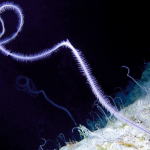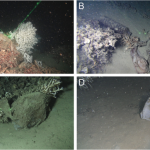Source: National Geographic
Author: Laura Parker
For many years, scientists have tried to account for the amount of plastic waste that should be in the world’s oceans, given how much is estimated to leak into the seas every year. So far, the tally points to the largest concentrations on the surface and in coastal waters. But much of it remains “missing.”
And scientists can’t fully assess whatever harm plastics cause to the environment until they learn where they are. Now, new research off the California coast suggests an even larger plastics reservoir: deep offshore pelagic waters, the largest habitat on Earth.
Continue reading here.










